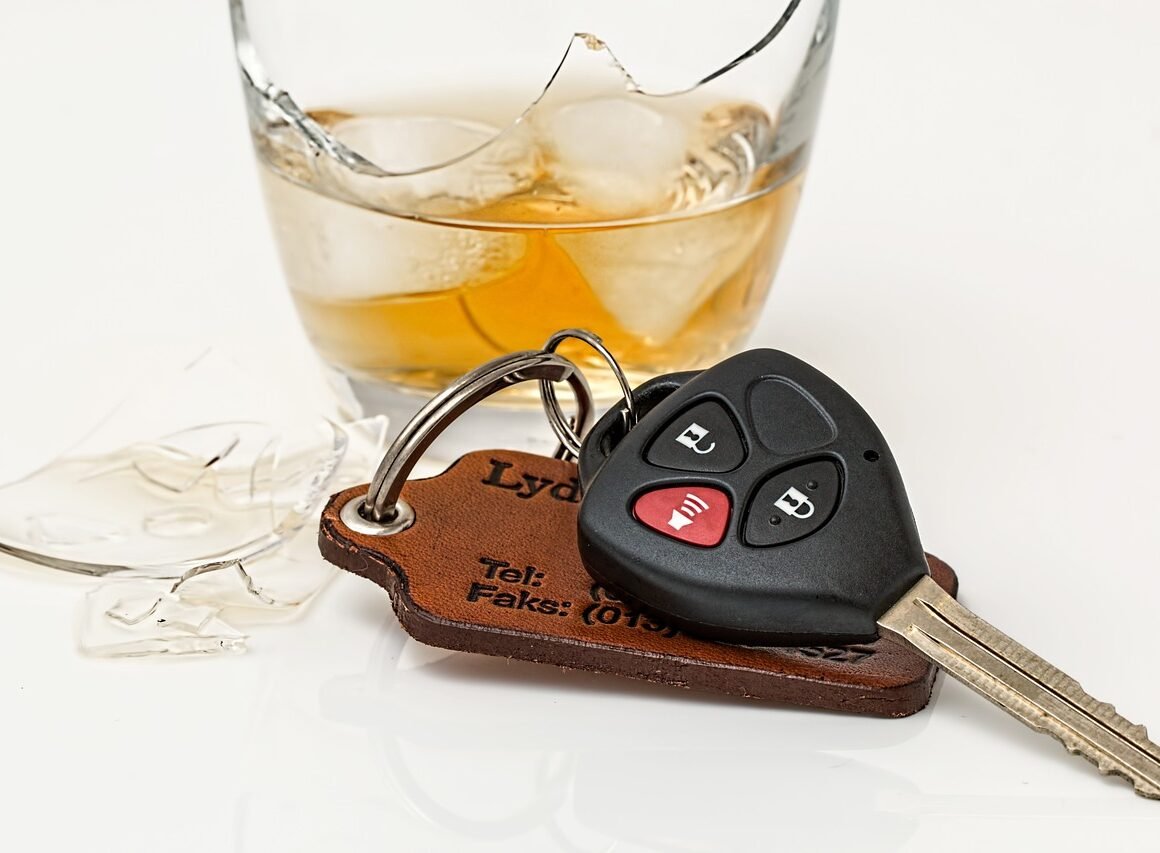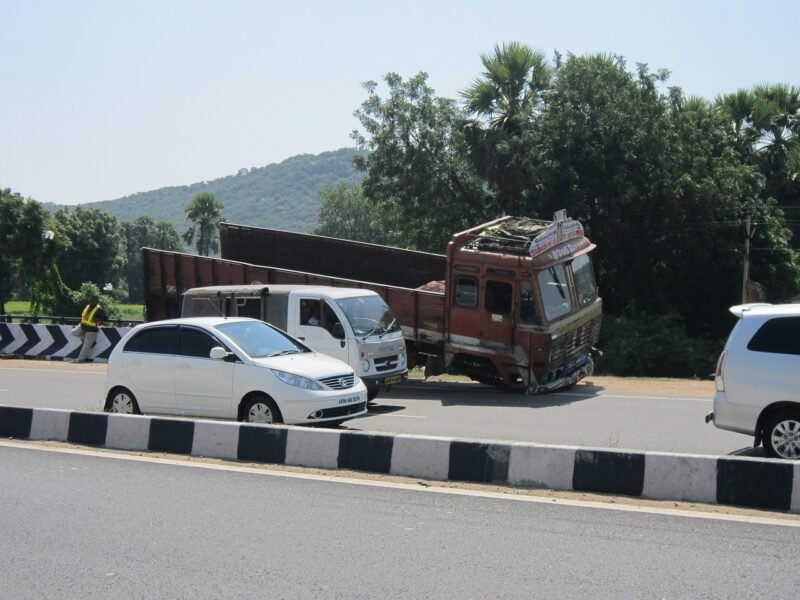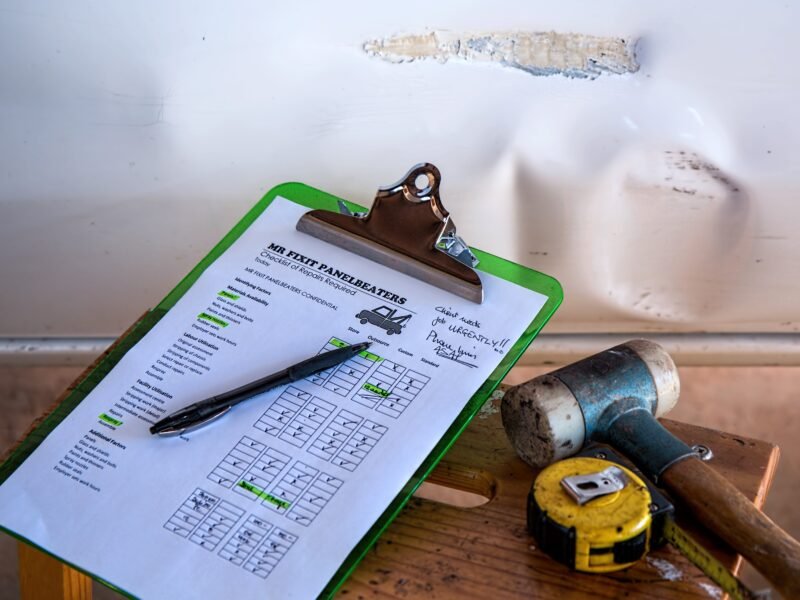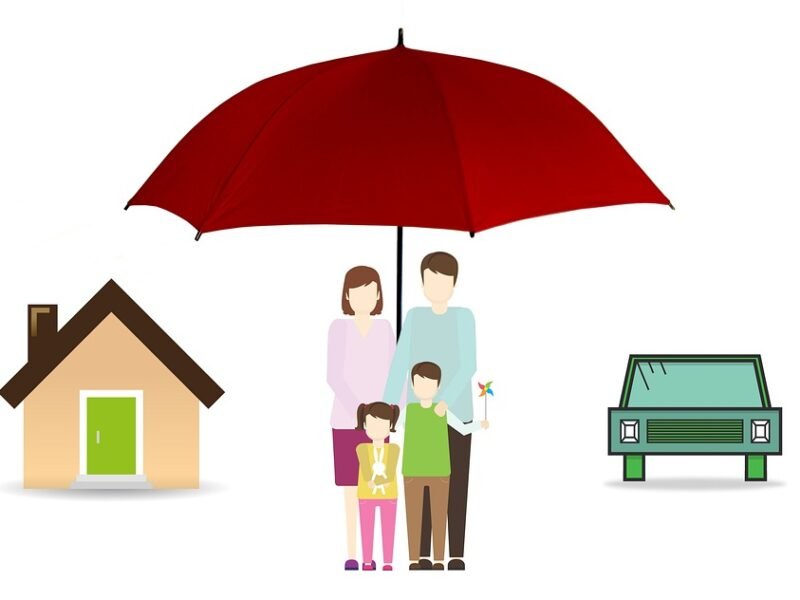Car insurance is a necessary part of owning a vehicle responsibly, where it promises financial security and assistance in case of accident, theft, or any incident that may occur. The various types of car insurance in existence hold their own importance, but liability car insurance has to be the most basic and common one. This article explores liability car insurance in detail: its purpose, the limits of coverage, its legality and requirements, the benefits, and possible shortfalls. By the end, readers will have a very clear understanding of why liability car insurance is such an essential factor and how it works in the wider context of car insurance.
What is Liability Car Insurance?
One such auto insurance, liability car insurance, covers one’s damages or injuries against others in an accident that one is at fault for. The damages to one’s own vehicle and the injuries one sustains do not come under the ambit of this insurance; it covers other third parties from the financial consequences caused by you. Generally, liability car insurance can be divided into two main areas:
Bodily Injury Liability:
This would cover other people’s medical expenses, lost wages, pain and suffering, and other related expenses if they get injured in an accident you cause. It may also cover legal fees in case of court action arising out of the accident.
Property Damage Liability (PDL):
Pays to repair or replace another individual’s property-either his motor vehicle, fence, or even mailbox that you may have caused an accident with.
The liability insurance often reads as three numbers: 25/50/25. These numbers are the coverage limit per thousand dollars. For example, a 25/50/25 policy would mean:
- $25,000 for bodily injury per person.
- $50,000 for total bodily injury per accident.
- $25,000 for property damage per accident.
Why is Liability Car Insurance Required?
Liability car insurance is required in most states and countries because it ensures that drivers can compensate others financially for the harm they cause. Without liability insurance, at-fault drivers may not be able to pay for the costs of accidents themselves, thus leaving victims to bear the financial burden. This could lead to significant economic hardship for injured parties and create a lack of accountability on the roads.
The legal requirement for liability insurance varies by jurisdiction. In the United States, each state sets its own minimum coverage limits. For example, California requires drivers to carry at least $15,000 in bodily injury liability per person, $30,000 per accident, and $5,000 in property damage liability. Failure to meet these requirements can result in fines, license suspension, or even legal action.
Benefits of Liability Car Insurance
- Financial Protection: This insurance policy will save you from possibly being shattered by financial loss. In an accident caused by you, medical bills, repair costs of the vehicles, and other legal expenses mount up pretty fast. Liability coverage will assure you that these expenses are covered up to your policy limits.
- Legal Compliance: Carrying liability insurance helps one follow state laws and avoid penalties and other legal ramifications. It also shows that you are responsible on the road.
- Peace of Mind: This knowledge that you are covered in case of any third-party claims gives you confidence while on the road. You can drive on the road with a free mind and without thinking about what financial consequences there would be from an accident.
- Protection for Others: Liability insurance allows victims of accidents to receive compensation worthy of recovering from injuries or restoring their property. It guarantees equity and responsibility on the wheels.
- Affordability: Compared to other types of car insurance, like collision or comprehensive coverage, liability insurance remains pretty affordable. It is important protection without having to break the bank.
Limitations of Liability Car Insurance
While liability car insurance offers considerable advantages, its various limitations should be considered by drivers:
- No Coverage for Your Vehicle: Liability insurance does not cover your car. If you want protection for your vehicle, you’ll need to purchase additional coverage, such as collision or comprehensive insurance.
- No Coverage for Your Injuries: Your injuries, or that of any passenger, are also not covered in case you cause the accident; once more, that would call for personal injury protection (PIP) or Medical Payments Coverage.
- Coverage Limits: Liability pays only up to the limits of a policy. If damages exceed limits, you may be personally responsible for the difference. For example, if you have an accident, causing $100,000 in medical bills, yet you have bodily injury coverage limits of only $50,000, you can be sued for the $50,000 difference.
- Exclusions: Liability insurance does not cover intentional acts, business use of your vehicle, or accidents involving uninsured or underinsured drivers. Additional policies may be needed to address these scenarios.
How Much Liability Car Insurance Do You Need?
Determining how much liability coverage is right for you depends on a number of factors: your assets, how you drive, and your tolerance for risk. While most states set minimums, these minimums barely scratch the surface in case a serious accident occurs. Here are some things to consider:
- Asset Protection: If you are a person with high levels of assets, such as owning a house, savings, or investments, you may want higher limits of liability to protect your wealth. In the alternative, if your insurance is not adequate, your assets could be subjected to a lawsuit.
- Driving Practices: Individuals driving in high-traffic areas or having to drive much to and from work increase the likelihood of an accident. You can increase your liability limits in such cases to give yourself extra protection.
- Risk Tolerance: Some drivers prefer to minimize financial exposure, even if that means slightly higher premiums for them.
- State Requirements: Although following the minimum provided for by a state is important, ask yourself whether that type of limits can satisfy your needs. In this instance, for instance, a 25/50/25 policy may be nowhere near meeting the medical bills for multi-vehicle and serious injuries.
Most insurance experts recommend at least $100,000 in bodily injury liability per person, $300,000 per accident, and $100,000 in property damage liability. This level of coverage is often referred to as 100/300/100 and provides a more robust safety net.
How to Save on Liability Car Insurance
While liability insurance is generally affordable, there are ways to reduce your premiums without sacrificing coverage:
- Shop Around: Compare quotes from a number of insurance providers for the best rates. This may be facilitated by using online tools designed for comparing insurance quotes side by side.
- Bundle Policies: Most insurance companies will give discounts if you bundle your car insurance with other policies, such as homeowners or renters insurance.
- Maintain a Clean Driving Record: Safe drivers with no accidents or traffic violations are often eligible for lower premiums.
- Increase Your Deductible: This applies more to collision and comprehensive coverage, but some liability policies do allow you to change your deductible amount to decrease your premium of it does.
- Ask for Discounts: Many insurers offer discounts for good students, military members, or certain safety features installed on your vehicle.
One of the challenges of liability insurance is that it will only cover the damages you create to others. If you happen to be in an accident and the other person is uninsured or underinsured, your liability policy will not protect you. That is when uninsured/underinsured motorist coverage becomes important. This optional coverage pays for your medical expenses and vehicle repairs if the at-fault driver does not have enough insurance.
Conclusion
Liability car insurance is a cornerstone of responsible vehicle ownership that provides essential protection both for drivers and third parties. It ensures that accident victims get the compensation they deserve while saving at-fault drivers from financial ruin. While liability insurance has its limitations, it remains cost-effective and legally required coverage.
You can determine the limits of liability coverage when choosing a liability policy, thinking about your assets, driving habits, and risk tolerance. Understanding how liability insurance works and how to save on premiums will put you in the driver’s seat to make decisions that safeguard your finances and increase your safety on the road.
After all, car liability insurance is not only a necessity but also a vital tool needed to ensure accountability, fairness, and peace of mind in a world that has grown increasingly complex and less predictable. It comes at a small cost for the security it will give a new driver and even experienced motorists.






